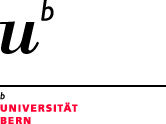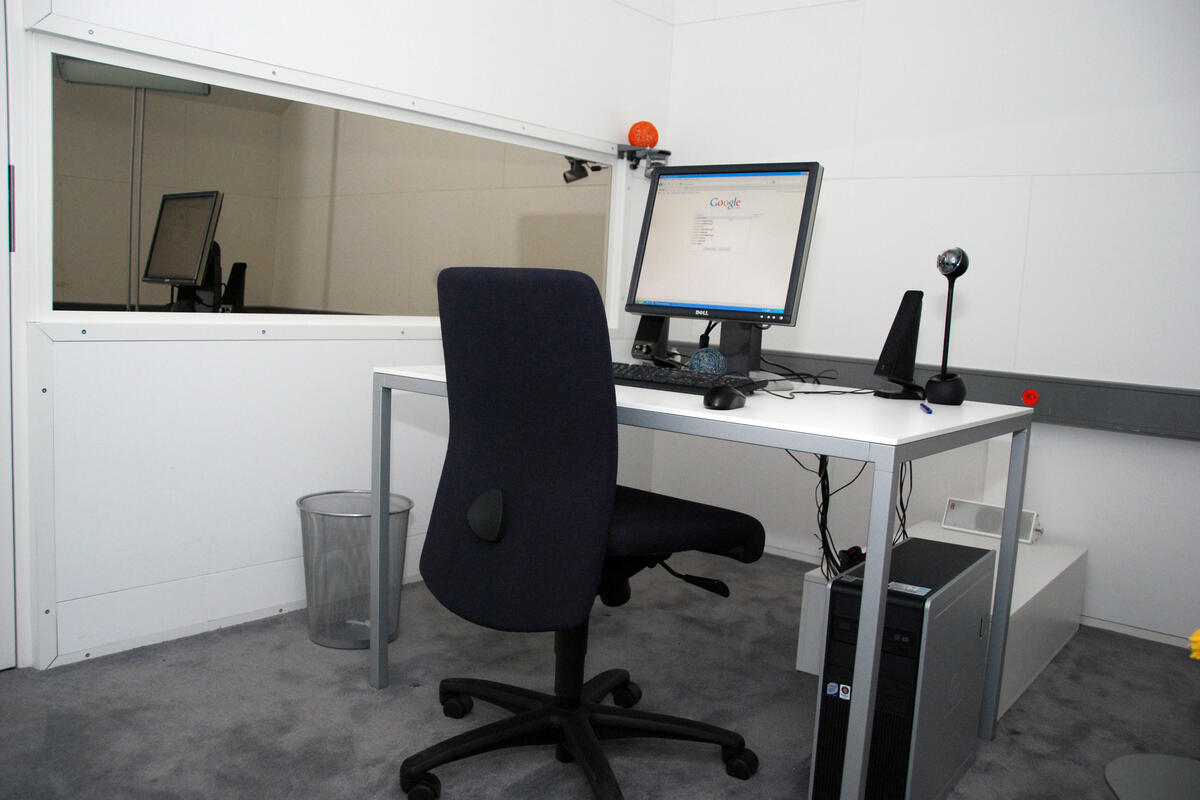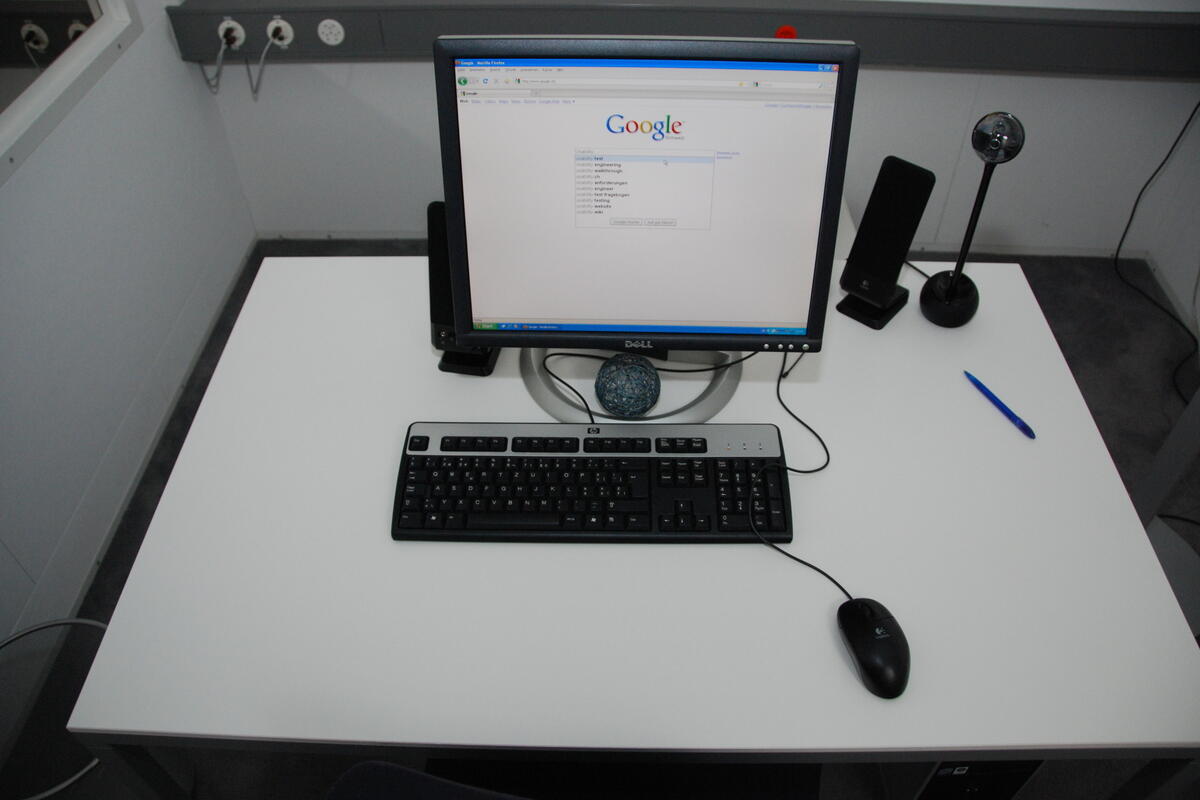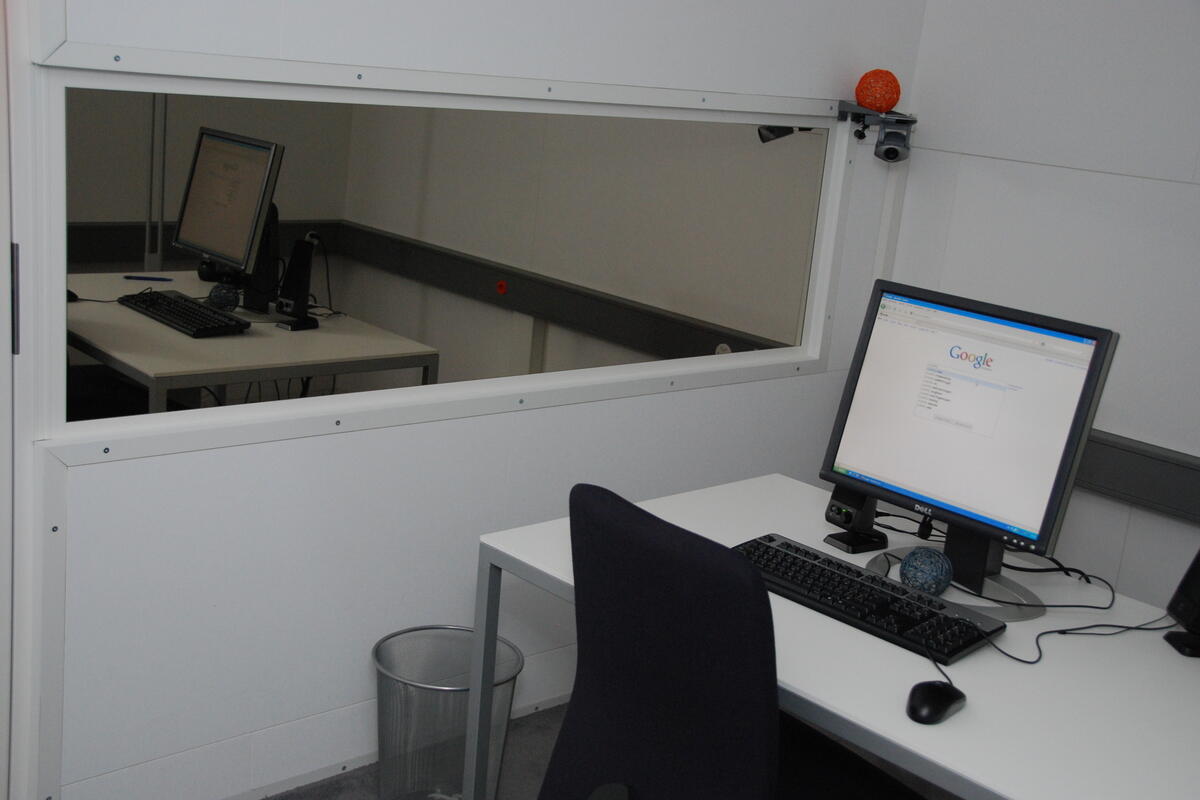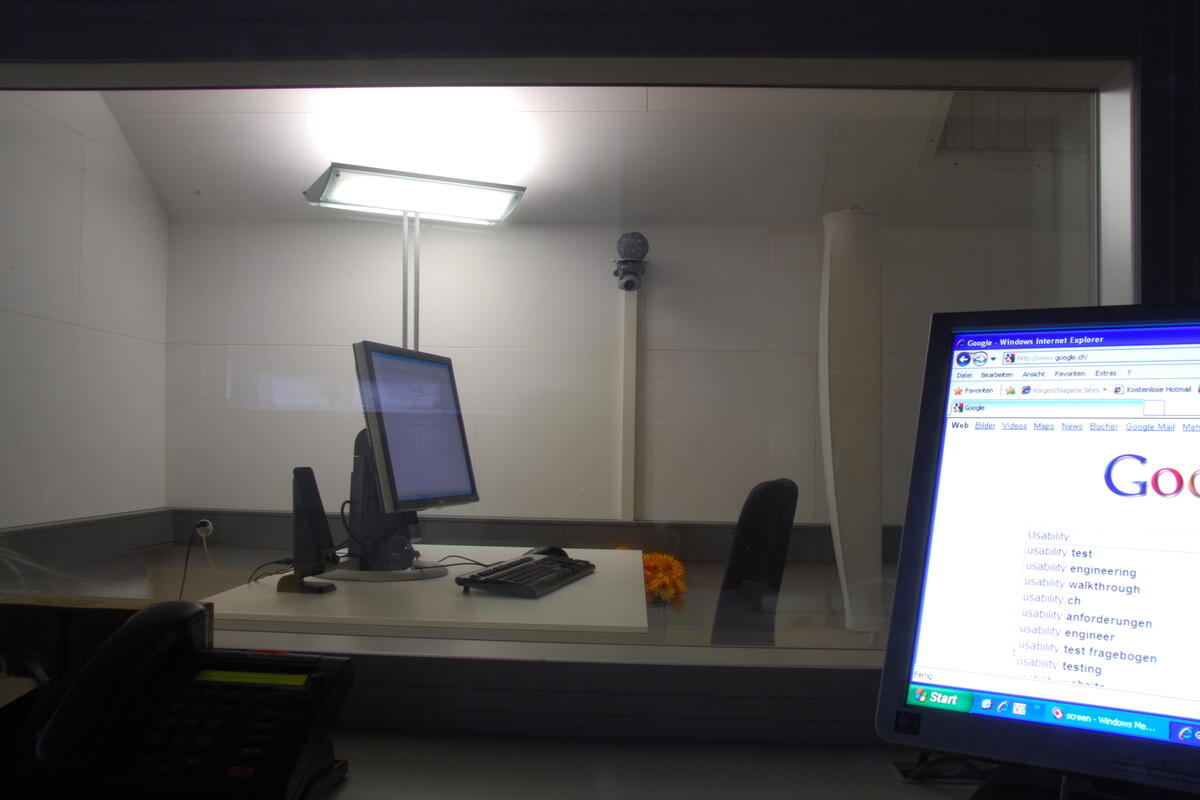Evaluation and optimisation
Usability test
In a usability test, potential users act as test persons for your product. We select test persons whose profile corresponds to “real” users. The following criteria, among others, are crucial in the selection: socio-cultural background, technology experience, age, and gender.
Usability lab
In our own usability lab, this so-called human-computer interaction (HCI) takes place under controlled conditions. We select the test persons carefully so that they correspond to the results from the analysis phase. The sessions in the lab are video-recorded and evaluated. We inventory and categorise potential usability problems for you.
Optimisation
The eye-tracking data provide important hints for the screen design. For instance, they show, among other things, which areas of the screen are perceived and how strongly, where an element is suspected to be, or which elements of the screen are not mentally processed in an optimal way. From this, we formulate redesign suggestions, so that in future versions of your product, the users always see the right or most important thing at first glance.
Eye-tracking
With the help of eye-tracking, it can be objectively determined where, for how long, how often, and in what order users look at elements of the screen. Such data can relate directly to the quality of the screen design and therefore help usability problems to be quickly discovered.
With the help of our eye-tracker, we capture the gazes to your product. The test persons are not disturbed by the employed technology as it is not visible.
